Image Gallery: Colorful Creatures of the Philippines
Featured Creatures
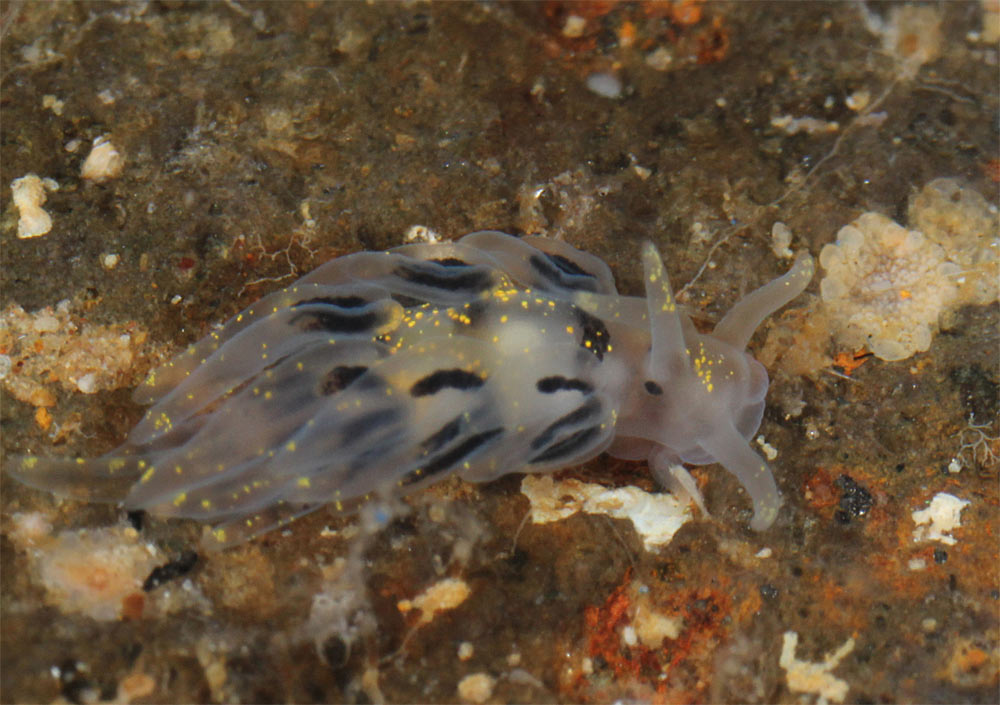
Researchers at the California Academy of Sciences and their colleagues from the University of the Philippines and the National Museum of the Philippines conducted a 42-day expedition this past spring to survey Luzon Island, the largest island in the Philippine archipelago, as well as its surrounding waters. The results were huge: They discovered more than 300 new species, from colorful sea slugs (shown here: aeolid nudibranch, or sea slug) to deep-sea armored corals and inflatable sharks. See for yourself!
Creepy Crab
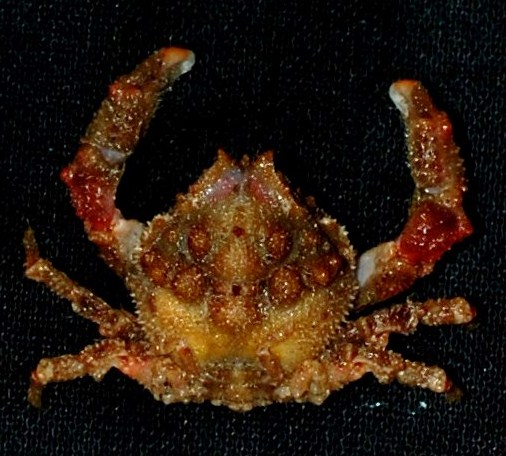
A likely new species of Petalomera crab from the deep sea, discovered during a 2011 expedition to the Philippines.
Swell Shark

A new species of swell shark from the deep sea. To scare off predators, this shark can inflate its stomach with water to bulk up.
Deflated Duo
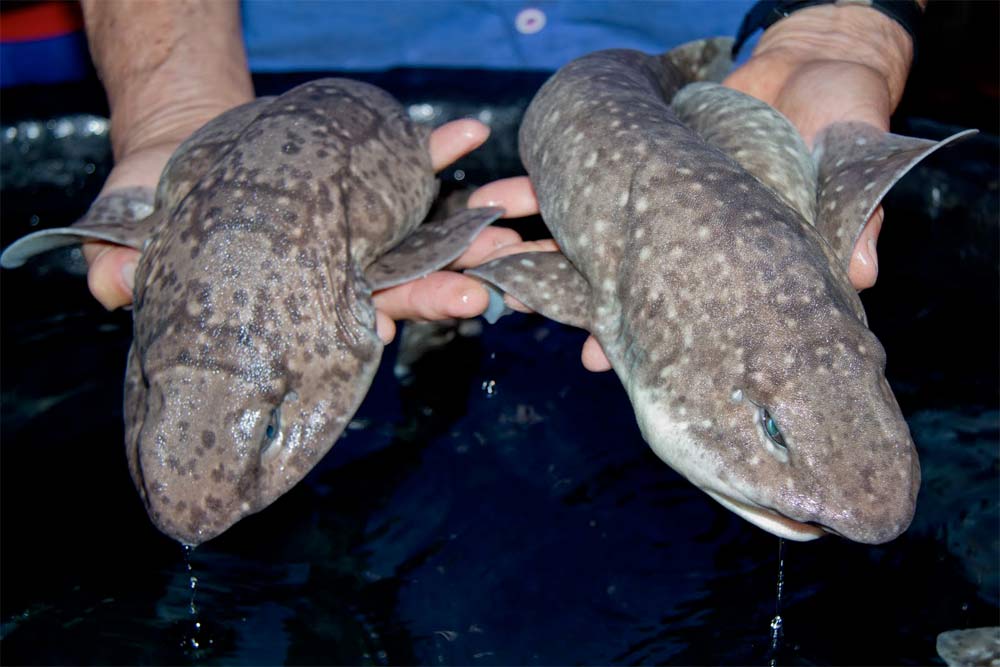
These swell sharks can make like giants by inflating their bellies with water.
Purple Cutie

A new species of Nembrotha nudibranch (also known as a sea slug) that was discovered during the California Academy of Sciences' 2011 Philippine Biodiversity Expedition.
Toxic Mollusk
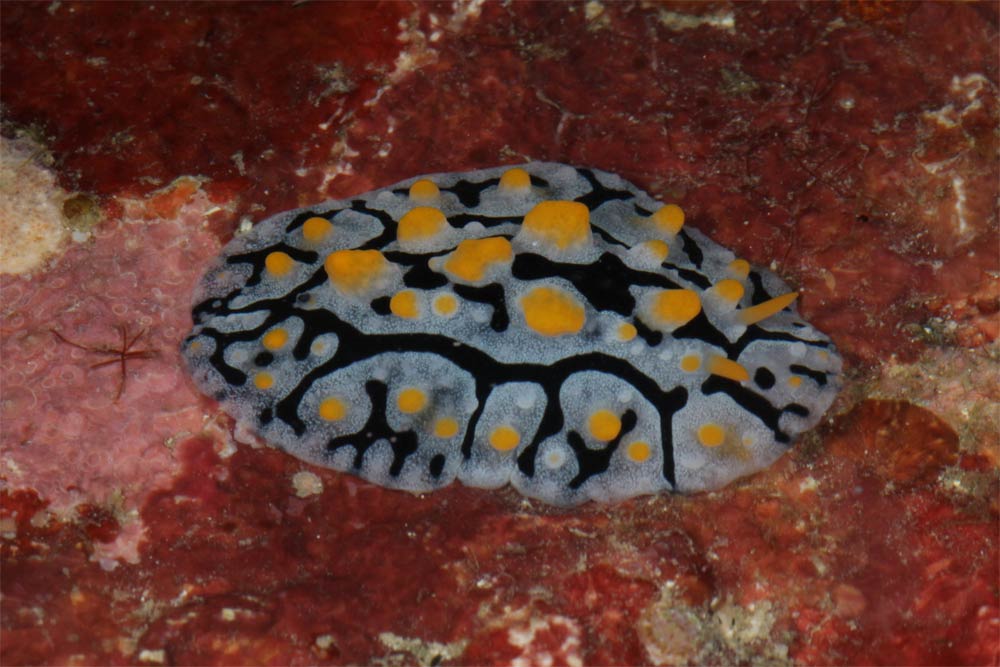
A new species of Phyllidia nudibranch (also known as a sea slug) that was discovered during the California Academy of Sciences' 2011 Philippine Biodiversity Expedition. These brightly colored mollusks don't need shells for protection — instead they produce powerful toxins to keep potential predators at bay.
Pink Coral

A remarkably tall (up to a half meter), tree-like soft coral seen only in the deeper waters of a few dive sites in the Philippines. This animal is an unidentified and likely new species of the genus Umbeliulifera. At night, all parts of the animal are fully extended for feeding on plankton.
Get the world’s most fascinating discoveries delivered straight to your inbox.
Got Wood?
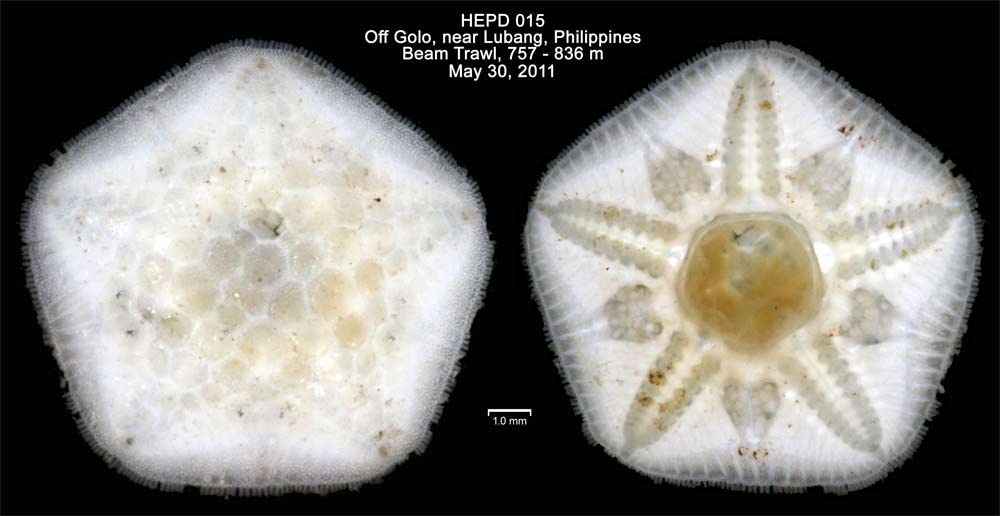
A new species of deep-water sea star in the family Caymanostellidae that digests wood.
Red Urchin
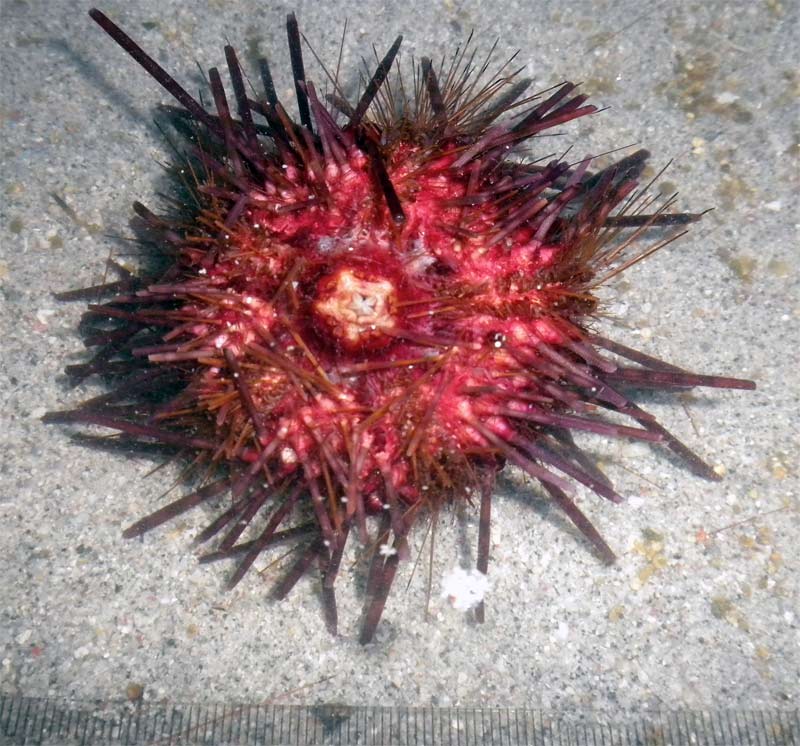
A potential new species of the urchin Echinothrix, with a distinctive red color that differentiates it from the more brownish, white-banded Echinothrix calamaris.
Coral Worm

This colorful worm is likely a new species of the genus Myrianida, which was found in coral rubble in the Philippines.
Tiny Barnacle
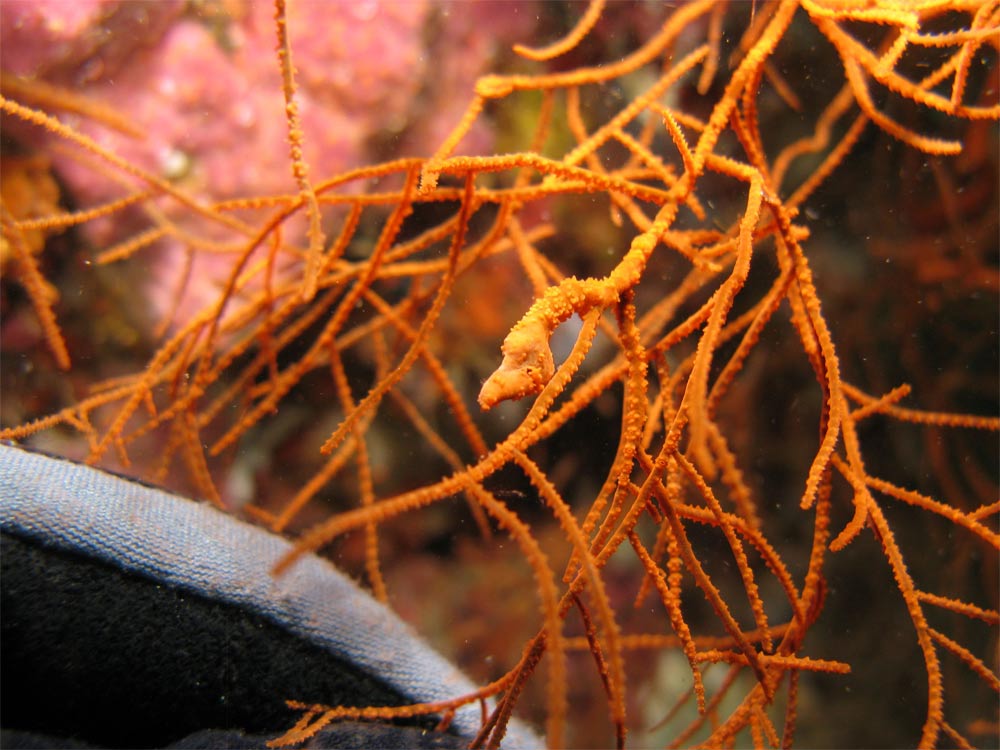
A new species of barnacle (bulge in the center of the photo) in the family Oxynaspididae living symbiotically on a black coral.
 Live Science Plus
Live Science Plus






